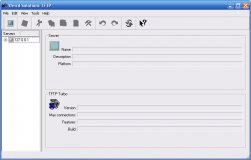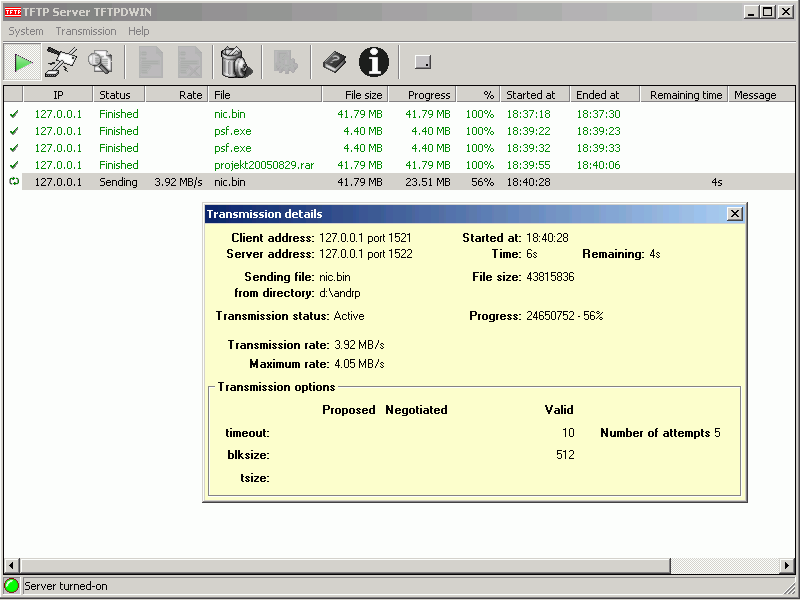

Referring back to the TFTP boot directory, the files starting with "POS3-8-12-00" and "P003-8-12-00" are firmware files for Cisco IP phones. Also feature codes can be configured such as how to access the voicemail: *97 in this example.

It tells the phone, its extension number (1011), secret (password: 1234ab), IP address and port to use for the registrar and the proxy if they are different machines. When looking at the Aastra 0085D28A10F.cfg configuration file, we can easily read it as it is a text file. The files that have MAC addresses and ending in ".cfg" such as "0085D28A10F.cfg" is a specific phone's registration information: extension number, secret, registrar, caller ID, etc.Īastra 0085D28A10F.cfg configuration file The "aastra.cfg" file is a global configuration file that contains instructions for features such as call forward, call waiting, BLF, etc. The files ending with ".st" are firmware files for different models of Aastra phones. The above image shows a typical TFTP boot directory on a TFTP server running PBX in a Flash. Typically TFTP boot directory on TFTP server Endpoint configuration manager software allows you to change the configuration or firmware for all of the phones at one time! With the push of one global phone reset button, you can update all of your phones to the latest firmware or feature at once. You can have common global configuration files and firmware for a phone such as an Aastra model and specific configuration for each phone extension based on their MAC address. When it finds the files, it downloads the files and using the information inside, registers to the PBX. When the phone receives the TFTP address, it goes to the TFTP server and looks for configuration files and firmware based on its model and MAC address. DHCP can also pass the IP address of the TFTP server through one of the DHCP options: usually option 66 or 150. When an IP phone boots up, it looks for a DHCP server for its IP address and network configuration.


TFTP works hand in hand with the DHCP protocol. Rather than go to each device and manually configure it, you can keep the configuration on a TFTP server and the device can download its configuration upon boot-up. This makes it very desirable for large networks with many devices. It is used for automatic configuration of network devices when they boot up. It can't display directories or move files. It is a simple protocol that can only read and write files. The configuration files can even be new firmware for a device! The files can be configuration files for a router or a switch, or it can be configuration files to tell an IP phone who to and how to register to a PBX. Trivial File Tranfer Protocol (TFTP) servers are used to transfer files to and from devices. Trivial File Transfer Protocol (TFTP) Servers on the PBX Trivial File Transfer Protocol (TFTP) Servers on the PBX - TelecomWorld 101


 0 kommentar(er)
0 kommentar(er)
